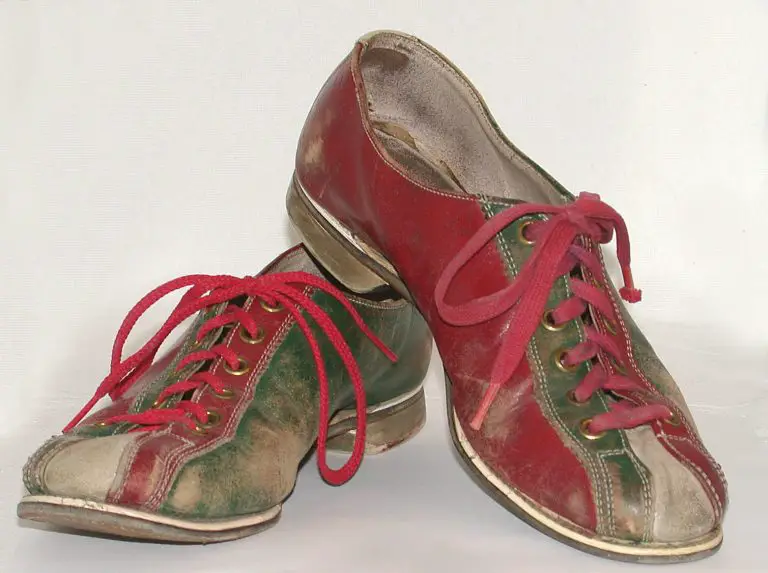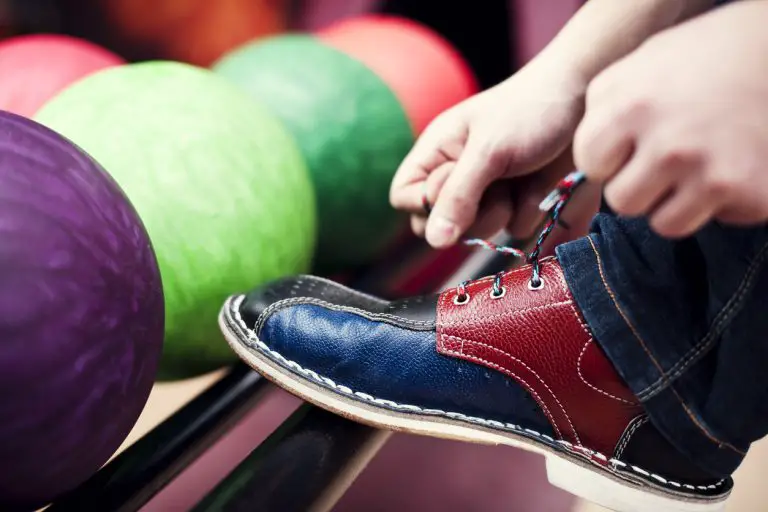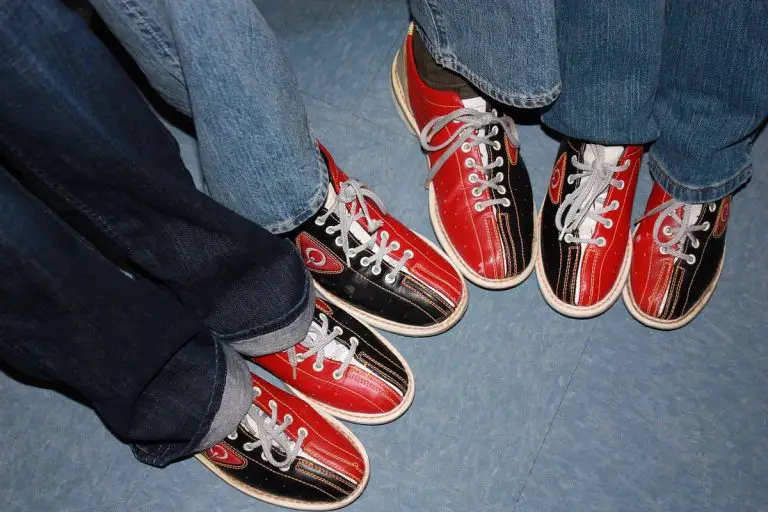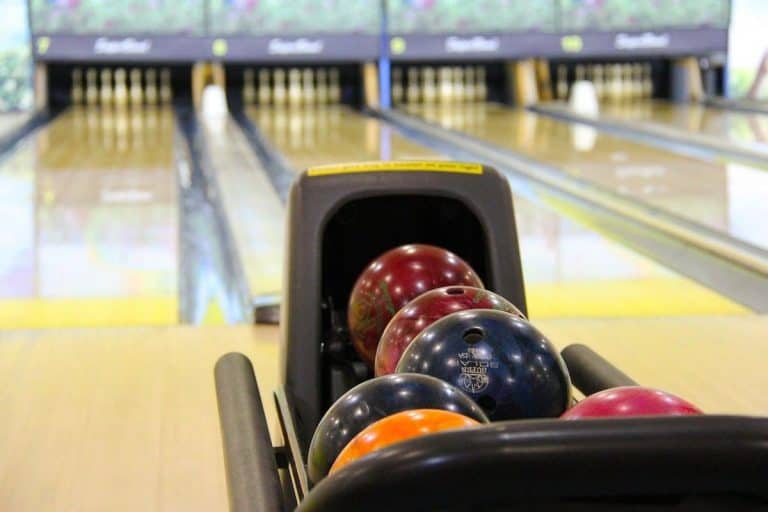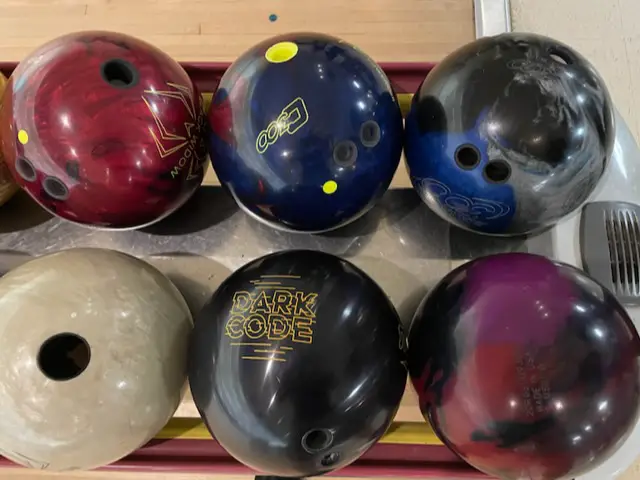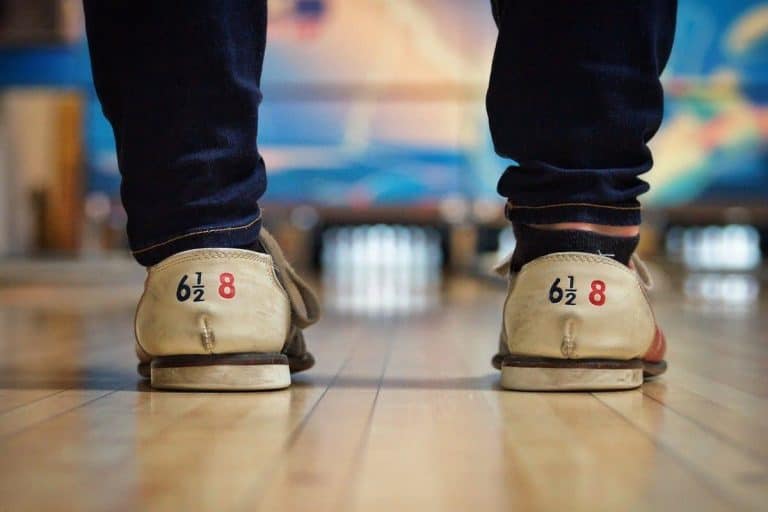Can You Bowl With a Cracked Ball?
If you are a dedicated bowler, you know how concerning it can be to reach into your bowling bag just to discover your top-of-the-line ball has a crack. Unfortunately, this is something that happens more often than you think. At this point, you likely wonder, “can I use a cracked bowling ball?”
In general, you can’t bowl with a cracked bowling ball. While technically it is possible, doing so can negatively affect your game and it may also cause damage to the bowling lane. Cracked balls are not allowed at some bowling centers for these reasons.
While a crack or chip in your ball is frustrating, you do have options. Keep reading to find out why cracks occur, why bowling with a cracked ball is not a good move as well as learn how to fix it.
Why Cracked Bowling Balls Are a Problem
If your bowling ball is cracked or damaged in any way, it can throw off your entire game. A cracked ball will be unbalanced and not follow the desired path. Even if you typically score well, your cracked ball can significantly drop your score. In fact, in many cases, the ball is completely unpredictable.
Even a small chip can make it more challenging to throw your ball accurately, causing an additional hook or other issues. You should also note that some bowling establishments do not want damaged balls to be used on their lanes. Some damage may result in problems for their machines and equipment.
They will either repair or get rid of their own balls when they crack. There are several ways for bowling alleys to dispose of older balls.
Unfortunately, fixing a cracked bowling ball is more complicated than it may seem. Before diving into repair options, it is important to learn why cracks occur, which can help you prevent them.
The Top Reasons Why Bowling Balls Crack
Bowling ball cracks can occur for many reasons. While this is true, there is some good news—you can control most of these issues that arise. Knowing what the problems are is a step in the right direction.
Excessive or Low Humidity for storage
Excessive or low humidity can cause cracks. Storing your bowling ball at an average room temperature will help prolong the life of your ball. It is best to maintain a humidity level of 40% to 50% where your ball is being stored.
This means keeping a ball in a storage building with no climate control may not be a good idea. Besides, bowling with a cold bowling ball will affect its performance.
Failing to Rotate the Ball in storage
If you do not rotate your ball for an extended amount of time, cracks may occur. It is best to rotate the ball a minimum of one time per week if you are storing it for an extended amount of time. If you leave it in the same position, too long, it causes excessive stress at that single point.
The Drilling Hole Is Too Close to the Pin
Bowling balls have a center colored dot marking the external surface of the ball’s core. When drilling finger holes, you must always ensure the holes are a minimum of one inch away from the pin (source.) This will help ensure that cracks do not occur in the short- or long-term. If the ball has this issue, it may be best to replace it. Read my article on how to check that your ball is drilled correctly.
Gravity
Gravity’s effect on your bowling ball should not be underestimated. The most common cause of the coverstocks on your bowling ball failing is gravity. For bowling balls stored on flat surfaces, like the floor in a closet, gravity is constantly pulling on the dense core inside the ball through only one square inch of the ball’s cover.
Remember, your ball’s core is similar to a dense rock, and the coverstock has a certain level of elasticity. If you leave your ball in a static position, the ongoing pressure of the core being pulled by gravity and the coverstock trying to hold it in place can cause a crack in the coverstock.
Manufacturing Flaw
There are three parts to your bowling ball:
- The core
- The filler
- The coverstock
If the coverstock is thinner than what is considered normal, a crack may occur. Unfortunately, it is often difficult to tell if this is an issue when you purchase your ball unless, of course, you are a bowling professional. If colors are swirled in the ball during the manufacturing process, there may be a portion that is weaker than the others, too, which could also result in a crack.
How to Repair a Cracked Bowling Ball
Repairing a cracked bowling ball is tricky and not always possible. Several factors go into whether a bowling ball can be fixed, including what was used to make the ball and how big or deep the crack is. For example, if it is a small or shallow crack, scrape, or chip, you can repair it at home (sometimes).
However, if the crack is deeper or bigger, replacing the ball is better than trying to repair it.
The first option is to determine if your ball is still under warranty. If so, you can send the ball in for repairs. If repairs are not possible, the manufacturer should repair it without any costs to you.
To repair a smaller crack, use the following steps:
- Sealing: Before repairing the ball, smaller cracks should be sealed. You can get the appropriate sealant in a repair kit.
- Sanding: Sand the entire ball and be careful around the crack. Be sure the ball remains wet while sanding and do this manually, rather than with an electric sander.
- Polishing: Polish the ball to restore the shine and luster.
If you are unsure if your cracked bowling ball can be repaired, it is a good idea to stop by the pro shop. They can evaluate the ball and damage to let you know if repair or replacement is the best option.
Tips to Prevent a Crack in Your Bowling Ball
The best way to deal with bowling ball cracks is by preventing them. There are a few tips you can follow to avoid cracks in your bowling ball.
Store Your Bowling Ball Properly
Storing your bowling ball properly is a good way to prevent cracks. To do this, get a plastic bag, put your ball inside, tightly seal the bag, and put a twist tie on it to ensure there is no air inside with it. Bowling balls are made of all different materials. As they expand and contract, the resin will evaporate, which can cause the ball to crack.
When storing the ball, be sure it is in a space that stays at 125 °F (51.7 °C) or less. However, you can also check the manufacturer’s recommendations and their return/warranty policy to see your options if a crack develops. I have more in this full post on what to and what not to do when storing your bowling ball.
Purchase a Quality Bowling Ball
When buying a bowling ball, be sure you are purchasing a high-quality and durable option. Check it carefully for potential flaws. It is best to stick with a reputable and well-known brand. Well-known brands will have taken into account factors that can cause cracks and ensure that issues are resolved before offering the balls for sale.
Final Thoughts
You should never try to bowl with a cracked bowling ball. Not only is this going to impact your game, but it may also make the crack worse. If the crack gets too bad, then repairs may be impossible. Also, there are some bowling establishments that frown upon the use of cracked or damaged balls since they may also damage the lanes or equipment.
From the information here, you have the knowledge needed to know what to do if a crack occurs. Keep in mind, though, that preventing a crack is the best way to extend the life of your bowling ball.
Now that you know the facts, you are on your way to keeping your ball in play-ready condition for the foreseeable future. Also, if a crack occurs, you know how to respond.

